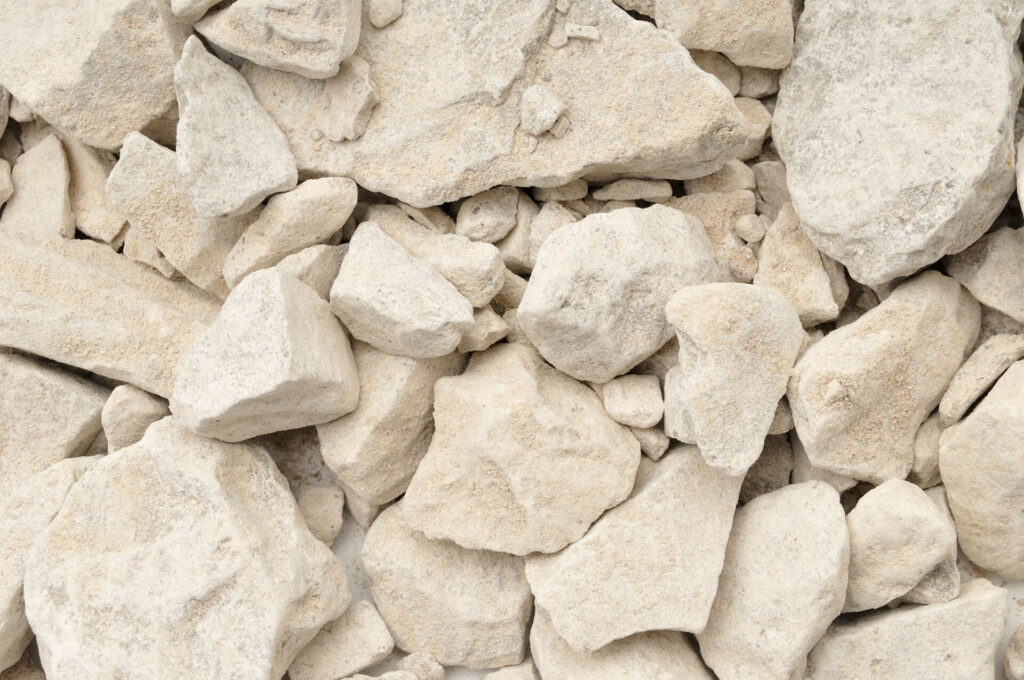DIFFERENCE BETWEEN FAT LIME AND HYDRAULIC LIME
Difference Between Fat Lime and Hydraulic Lime
Lime is a versatile and essential building material that has been used for centuries in construction. It is produced by burning limestone or chalk in a kiln, resulting in quicklime which is then slaked to create hydrated lime. Two common types of lime used in construction are fat lime and hydraulic lime. While both have their applications, they differ significantly in their properties and uses.
Fat Lime:
1. Composition and Properties: Fat lime, also known as non-hydraulic lime or air lime, is primarily composed of calcium oxide (CaO). It is obtained by heating pure limestone in a kiln at a relatively low temperature. Fat lime does not possess any inherent hydraulic properties and does not set or harden when exposed to water alone.
2. Setting and Hardening: Fat lime requires exposure to air for carbonation to occur, a process where it absorbs carbon dioxide from the atmosphere to gradually set and harden. This slow setting process makes fat lime suitable for structures that do not need immediate strength, such as historical buildings and sculptures.
3. Use Cases: Due to its slow setting time and low strength, fat lime is primarily used in repointing old masonry, plastering historic buildings, and creating decorative finishes. It is ideal for delicate substrates and situations where minimal stress is applied.
4. Applications:
- Repointing of old masonry.
- Plastering historic structures.
- Creating decorative elements.
Hydraulic Lime:
1. Composition and Properties: Hydraulic lime is also derived from limestone, but it is produced from impure limestone containing clay or other minerals. The presence of these impurities gives hydraulic lime its unique property of setting and hardening even underwater.
2. Setting and Hardening: Unlike fat lime, hydraulic lime possesses inherent hydraulic properties. It can set and harden not only in the presence of air but also underwater. This property is attributed to the formation of silicates and aluminates during the burning process, which allows hydraulic lime to react with water and develop strength more rapidly.
3. Use Cases: Hydraulic lime is commonly used in situations where a certain degree of strength is required relatively quickly. It is suitable for construction in damp environments, such as foundations, basements, and marine structures.
4. Applications:
- Foundations and basements.
- Marine and coastal structures.
- Damp environments.
Key Differences:
- Setting Time and Strength: The most significant difference lies in the setting time and strength development. Fat lime requires carbonation over an extended period for setting and hardening, while hydraulic lime can set both in the presence of air and underwater with quicker strength gain.
- Use Cases: Fat lime is ideal for delicate structures where immediate strength isn’t necessary, such as historical buildings. Hydraulic lime, on the other hand, is suitable for projects that require faster strength development and can withstand damp conditions.
- Composition: Fat lime is primarily composed of calcium oxide, while hydraulic lime contains impurities that give it hydraulic properties.
- Applications: Fat lime finds its application in repointing, plastering historic buildings, and decorative elements. Hydraulic lime is used in foundations, marine structures, and damp environments.
In conclusion, understanding the differences between fat lime and hydraulic lime is crucial for selecting the appropriate lime type for a construction project. Whether it’s the need for gradual strength development or rapid setting in challenging conditions, choosing the right type of lime contributes to the success and longevity of the structure.


